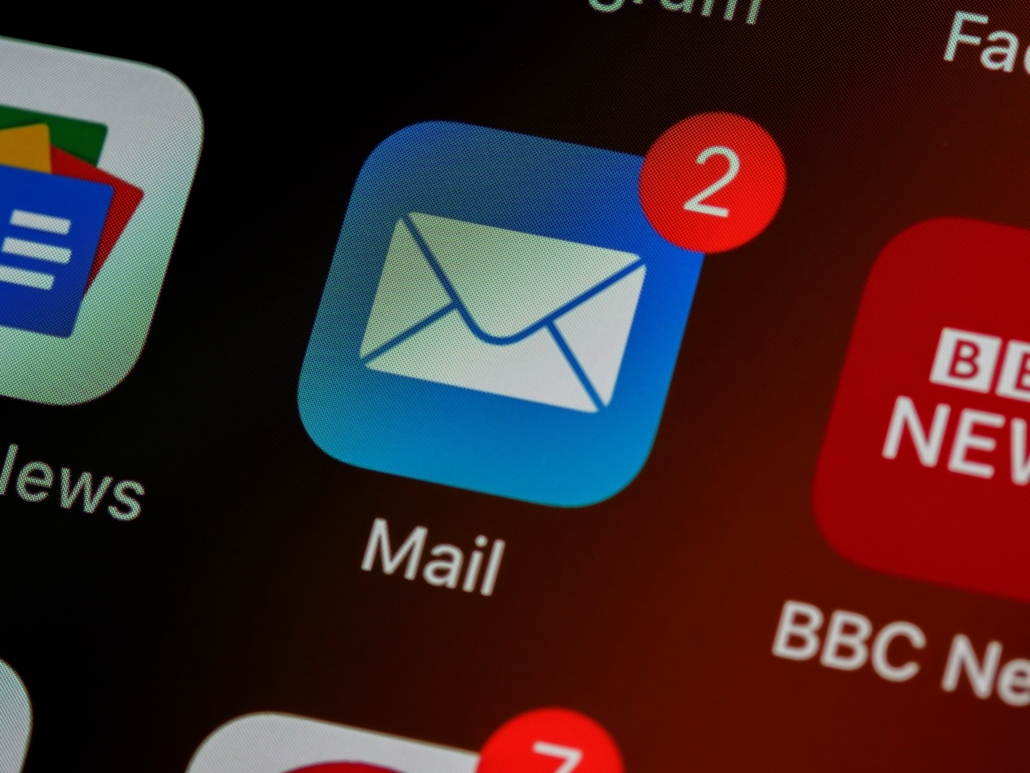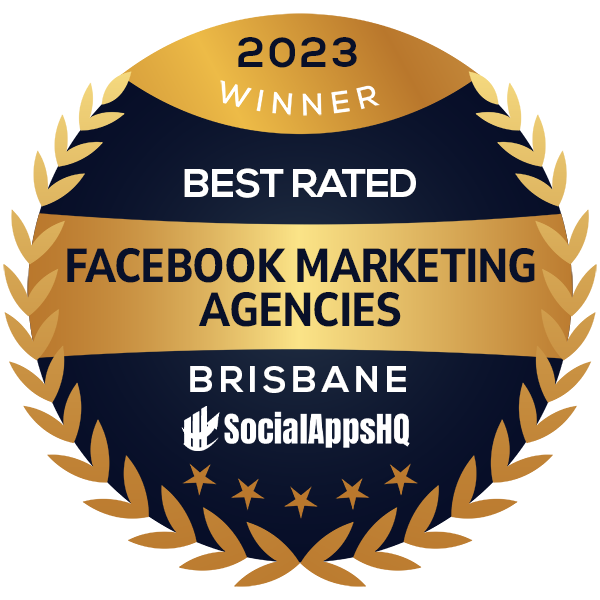Achieving small business growth is the name of the game for entrepreneurs, but sometimes it feels like you’re chasing a pot of gold at the end of a rainbow. If you’re feeling the frustration of slow progress, it’s time to sleuth out what’s holding you back. In this article, we share five common culprits stalling growth of small businesses, and how to outsmart them.
1. Missing a clear vision and strategy (like a ship without a compass)
Small business growth needs a clear vision and strategy, or else you’ll be sailing in circles. Take the time to map out your destination and chart the course by defining your goals, target audience, value proposition, and marketing tactics. With a solid plan, you’ll be well on your way to business success.
In addition to crafting a solid plan, it’s essential to regularly review and adjust your business strategy to ensure you stay on course. As you make progress and learn more about your market, customers, and competitors, you may uncover insights that warrant fine-tuning your approach. Regularly revisiting your business vision, objectives, and tactics allows you to pivot as needed, keeping your small business nimble and responsive to the ever-changing landscape. With a dynamic strategy that evolves alongside your business, you’ll chart a path to sustainable growth and long-term success.
2. Not-so-awesome customer experience (uh-oh!)
Customer experience is like the secret sauce for small business growth. If your customers aren’t delighted, they won’t come back for seconds or tell their friends. Make sure you’re providing top-notch customer service, keeping your promises, and responding to feedback like a pro. Spice things up with customer loyalty programs, personalised experiences, and insightful feedback tools.
Moreover, remember that communication is key in enhancing customer experience. Keep your customers informed and engaged through regular updates, newsletters, and social media interactions. By proactively addressing their needs and concerns, you’ll foster long-lasting relationships, build trust, and ultimately create a loyal customer base that fuels your small business growth. Embrace the power of a positive customer experience and watch your business soar to new heights.
3. Lacklustre marketing (time for a makeover!)
Effective marketing is like the fuel that powers small business growth, but not all strategies will rev your engine. If your marketing isn’t driving results, it’s time for a pit stop to reevaluate your approach. Ensure you’re targeting the right audience, using the best channels, and delivering a message that resonates. Consider joining forces with a professional marketing agency to turbocharge your strategy.
Additionally, don’t shy away from experimenting with different marketing tactics to find the perfect mix for your business. Explore the world of content marketing, email campaigns, social media advertising, and search engine optimisation to maximise your reach and impact. Use the right tools to continuously track your marketing performance through key metrics and analytics, allowing you to fine-tune your approach and make data-driven decisions. By staying agile and adaptable in your marketing strategies, you’ll fuel your small business growth and leave the competition in the dust.

Small business growth is no accident. You need the right strategy and team to make it happen.
4. Trying to do it all yourself (calling in reinforcements!)
Trying to juggle every aspect of your business single-handedly can put the brakes on small business growth. While it might seem cost-effective initially, it can lead to burnout and a stalled engine. Instead, recruit a dream team by delegating or outsourcing tasks to experts who can knock them out of the park, freeing you up to focus on strategic planning and building customer relationships.
Embracing collaboration and teamwork not only eases the burden on your shoulders but also brings diverse skillsets and fresh perspectives to the table, fostering innovation and problem-solving in your small business growth journey. Cultivate a positive work culture that encourages open communication, mutual support, and ongoing professional development. By investing in your team and leveraging their strengths, you’ll create a powerhouse capable of overcoming challenges, driving growth, and propelling your business towards long-term success.
5. Resisting change (embrace the winds of change!)
The business world is like a kaleidoscope, constantly changing and offering new perspectives. If you don’t adapt, your small business growth might hit a standstill. Keep your finger on the pulse of industry trends, emerging technologies, and customer preferences, and be ready to shift gears when needed. Embrace change, take calculated risks, but never lose sight of the finish line.
In this ever-evolving landscape, building a culture of learning and adaptability within your organisation is crucial for sustained small business growth. Encourage your team to stay curious, attend workshops, and engage in industry-related events to stay ahead of the curve. Foster an environment where ideas are valued, and experimentation is welcomed. By instilling a growth mindset and promoting resilience, you’ll ensure that your business is well-equipped to navigate the dynamic market, seize new opportunities, and emerge stronger in the face of challenges, propelling your small business growth to greater heights.
Accelerate your business growth with Done Digital by your side
If your business isn’t zooming ahead as fast as you’d like, don’t throw in the towel. By tackling these common hurdles and leaping over them with grace, you’ll set yourself up for success and reach your growth goals. Stay focused, remain agile, and never stop learning!
Ready to put the pedal to the metal? Schedule a free strategy session with one of our marketing consultants today and find out how to accelerate your business like never before.


 Done Digital
Done Digital









 Done Digital
Done Digital

